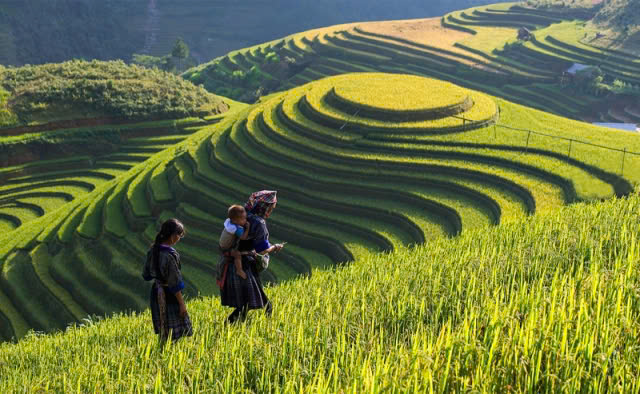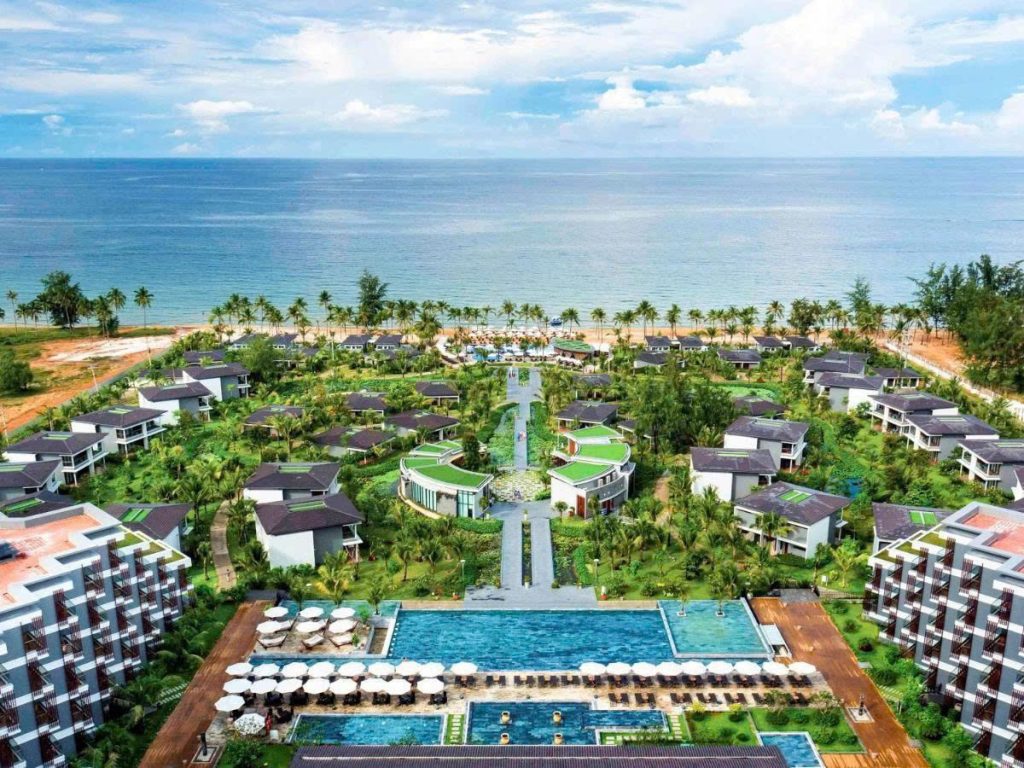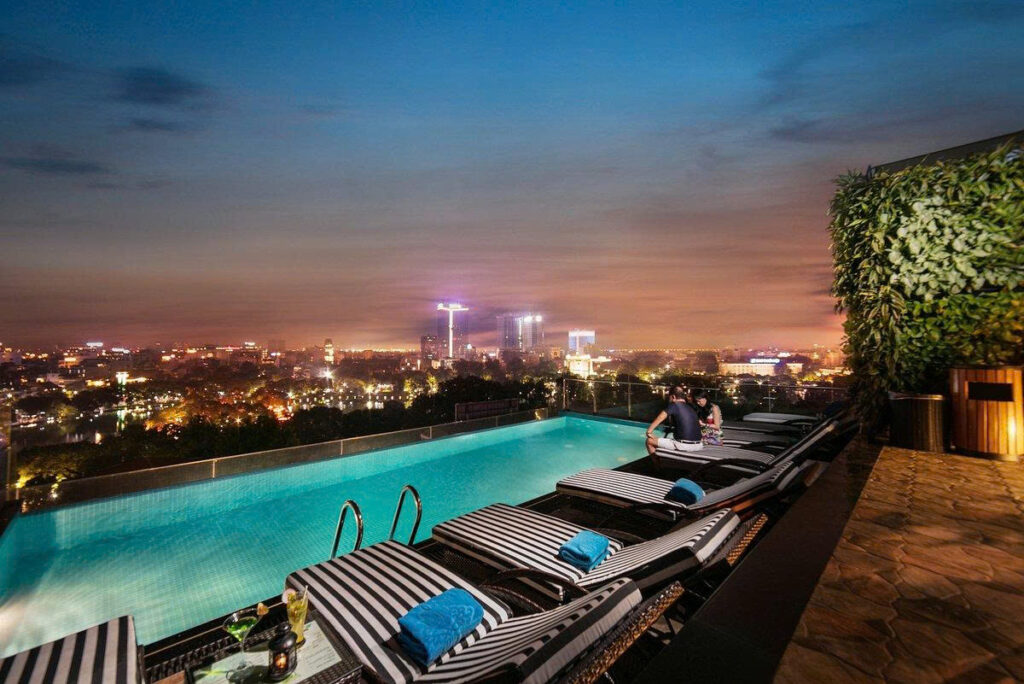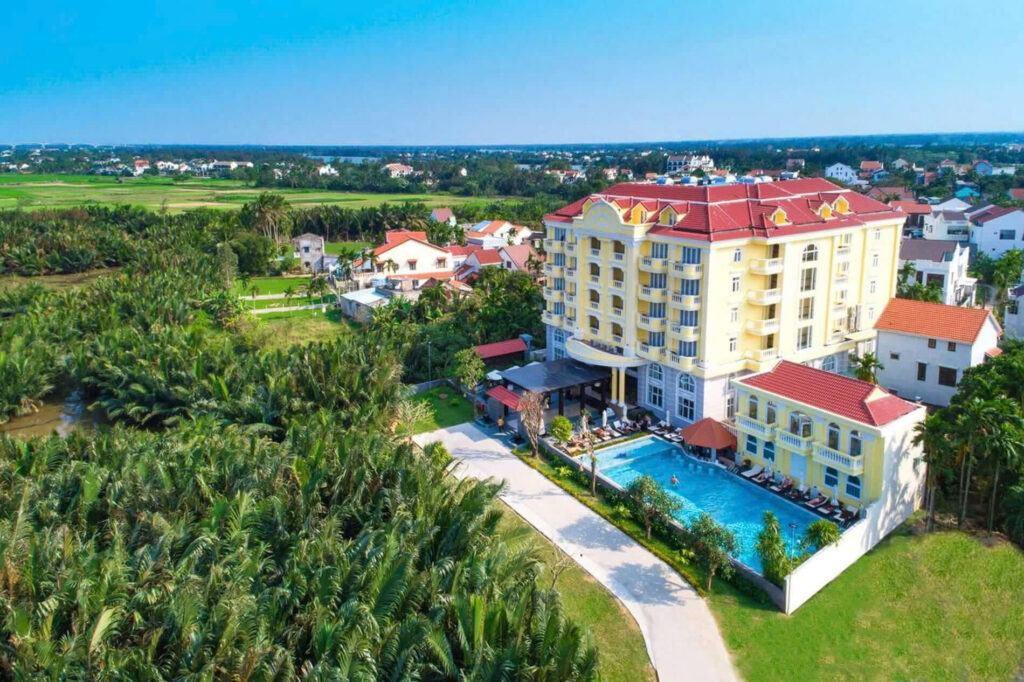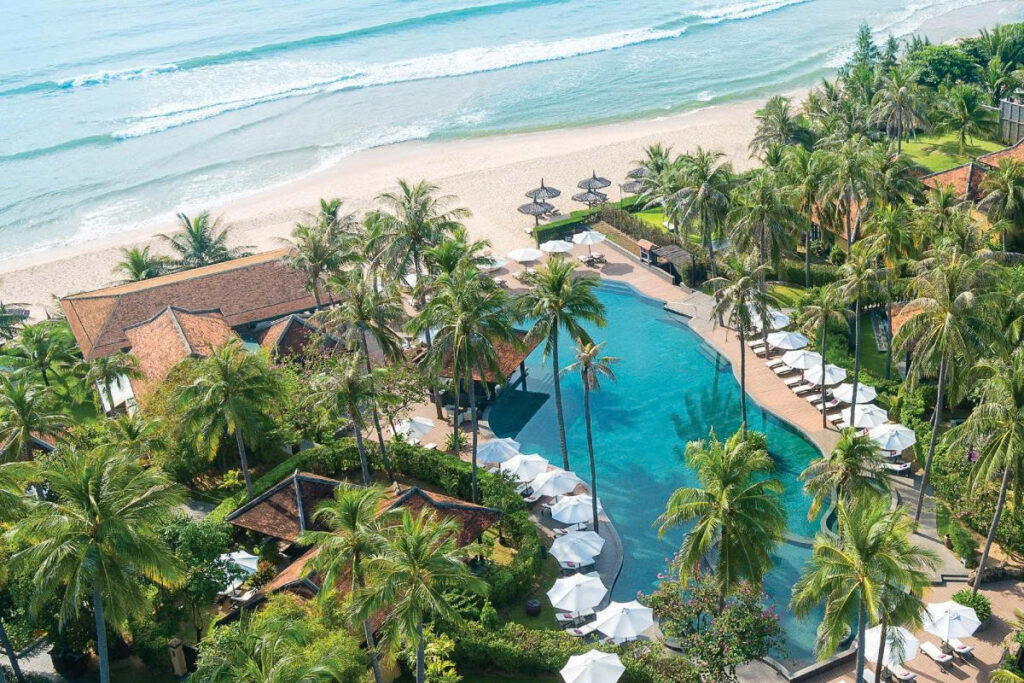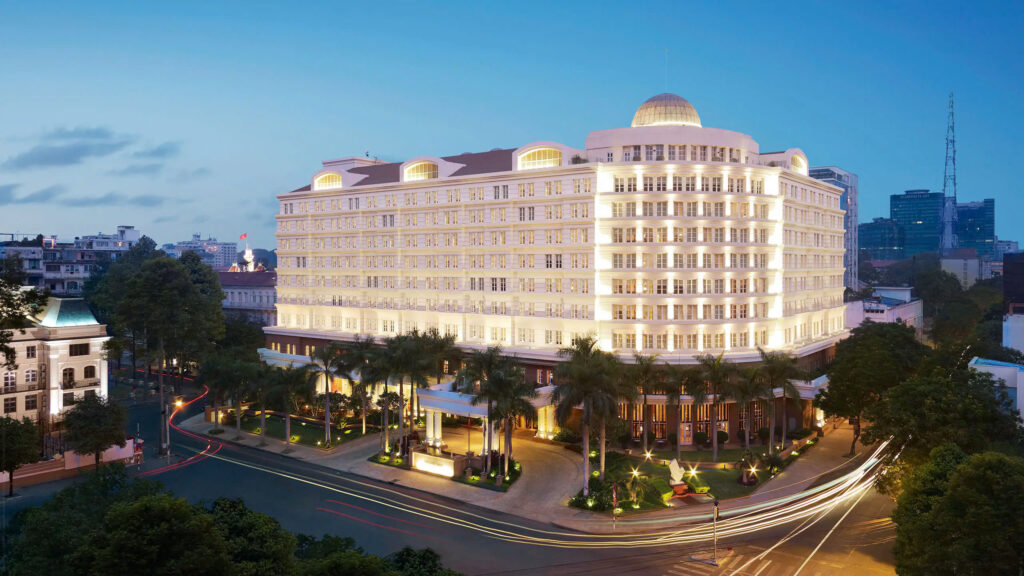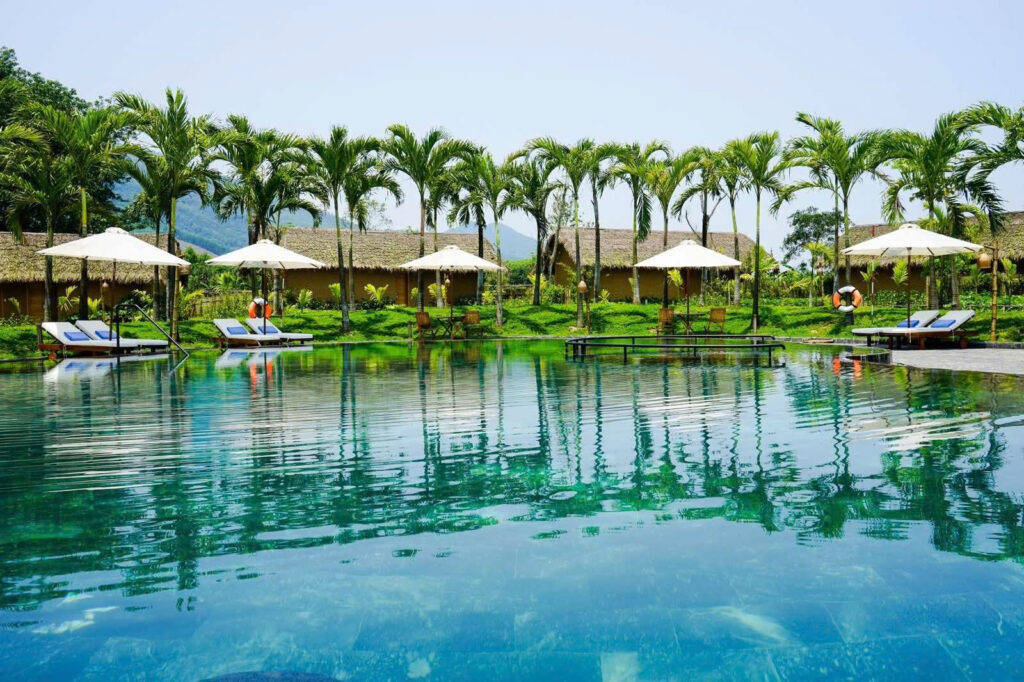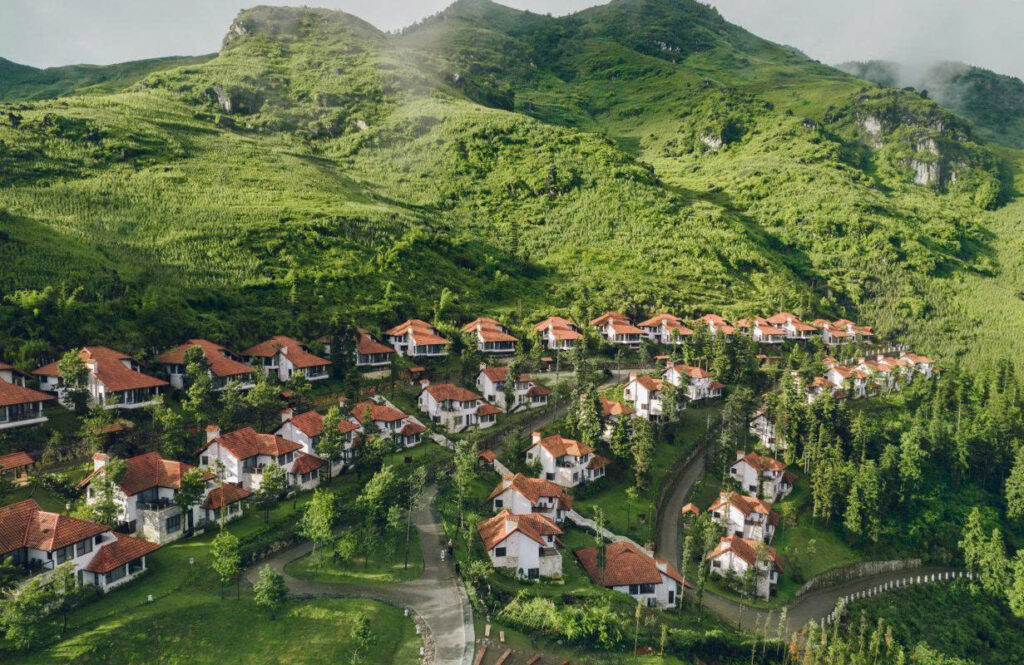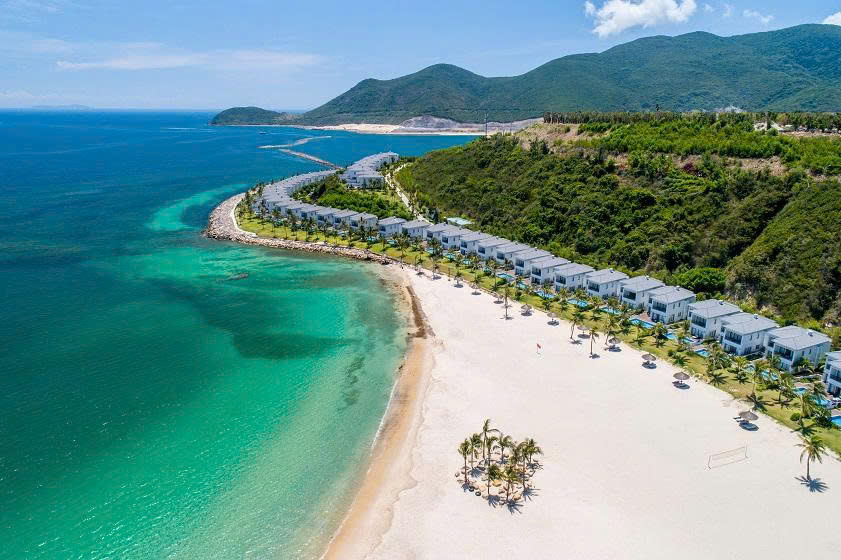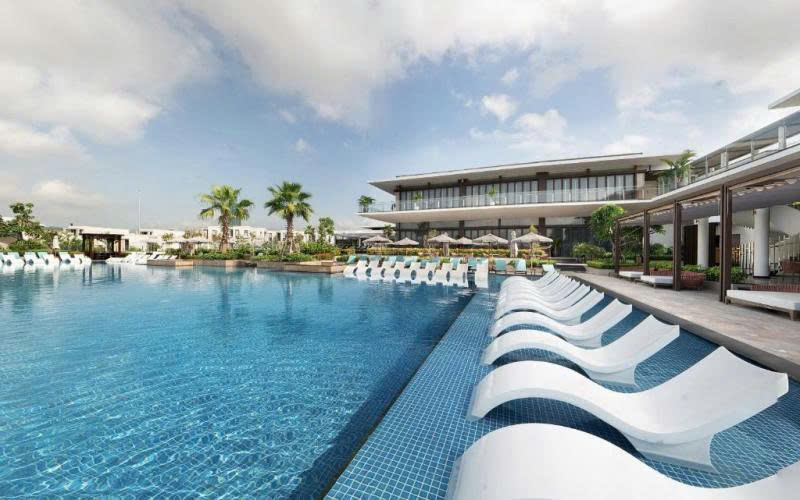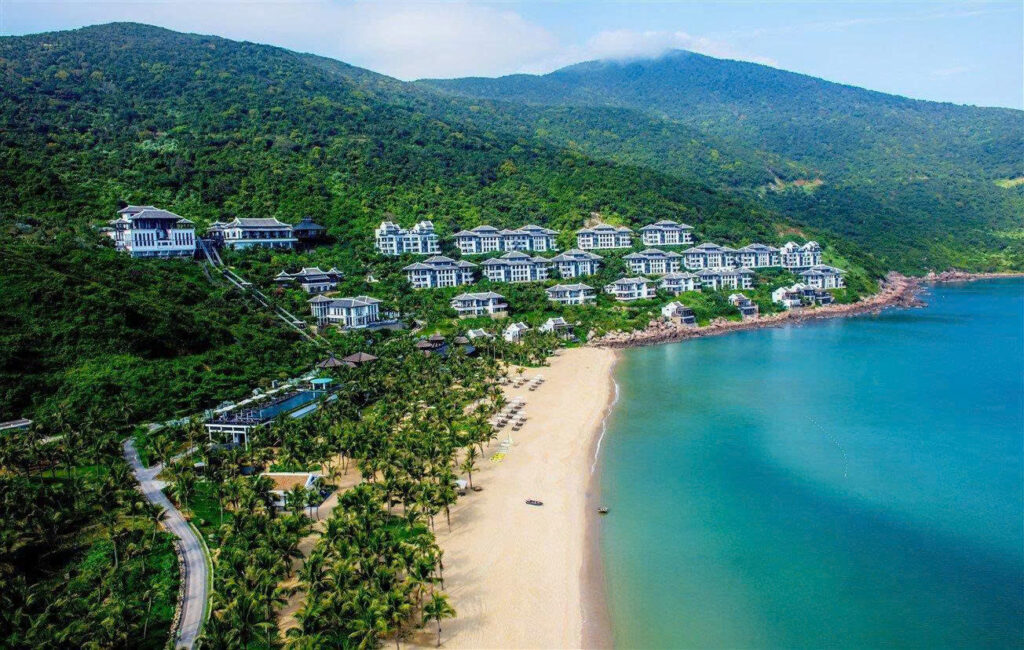Sapa, a misty town nestled in the Hoàng Liên Son Mountains of Northern Vietnam, is renowned for its breathtaking rice terraces, vibrant ethnic minority cultures, and cool climate. While hotels and resorts offer comfort, nothing truly captures the essence of this region like a stay in a traditional homestay. If you’re searching for the “best homestay in Sapa Vietnam,” you’re looking for an unforgettable experience that combines local hospitality, stunning views, and a deeper connection to the culture.
This guide will help you navigate the myriad of options and discover the perfect Sapa homestay for your adventure. We’ll highlight top choices, explain why a homestay is often the superior choice, and provide essential tips for your trip.
Why Choose a Homestay in Sapa? An Authentic Cultural Immersion
Choosing a homestay in Sapa provides a vastly different experience than staying in typical hotels or resorts. It’s about more than just a place to sleep; it’s an opportunity to live, learn, and connect.

- Genuine Cultural Exchange: Staying with a local family, often from the Hmong, Dao, or Tay ethnic groups, provides a unique window into their daily lives, traditions, and customs. You might share meals, observe daily chores, or even learn a few words of their language. This direct interaction is invaluable.
- Stunning Natural Surroundings: Most homestays are strategically located in the picturesque villages surrounding Sapa town, such as Cat Cat Village, Ta Van Village, and Lao Chai Village. This means waking up to panoramic views of rice paddies and majestic mountains, far from the town’s bustle.
- Support Local Communities: Your stay directly contributes to the livelihoods of local families, fostering sustainable tourism and helping preserve their cultural heritage. Many homestays are run by families who have opened their homes to travelers, sharing their traditions.
- Authentic Local Cuisine: Expect delicious, home-cooked meals prepared with fresh, local ingredients. Often, homestays provide cooking classes, giving you the chance to learn traditional Vietnamese and regional ethnic minority recipes.
RELATE: Trekking in Sapa Vietnam: Your Ultimate Adventure Guide
How to Choose the “Best” Homestays in Sapa
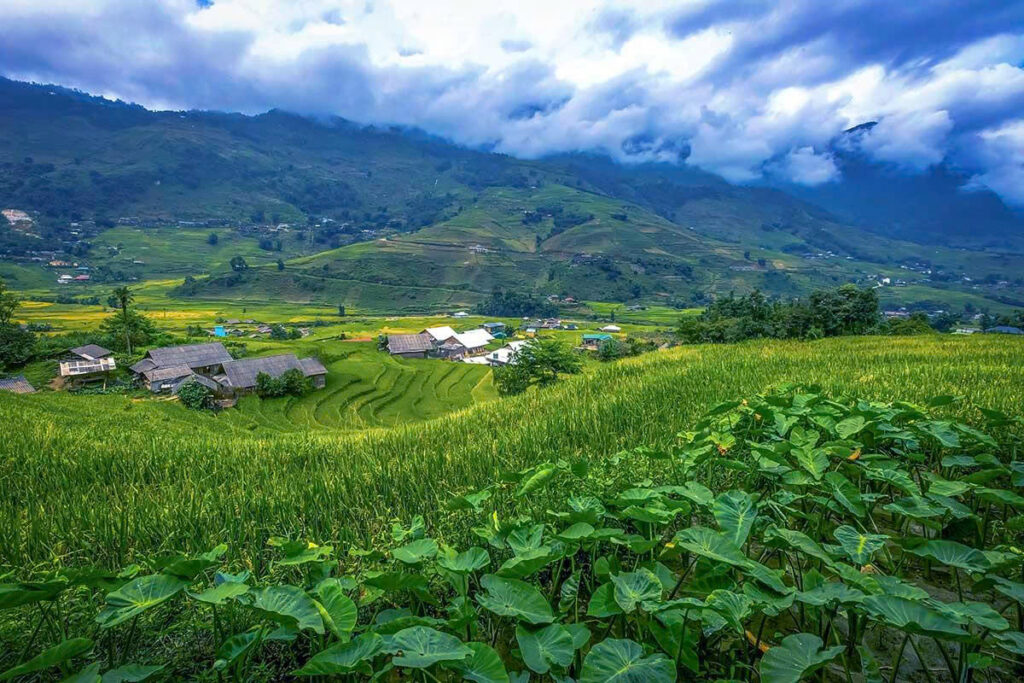
Our selection of the best Sapa homestays is based on a combination of factors, prioritizing genuine guest experiences, stunning locations, and a strong commitment to local culture and sustainable practices. We considered:
- Exceptional Guest Reviews & Ratings: We heavily weighed feedback from platforms like Booking.com and Airbnb, focusing on consistently high scores for hospitality, cleanliness, and value.
- Unique Location & Views: Proximity to trekking routes and breathtaking vistas of rice terraces and mountains were key.
- Authenticity & Cultural Immersion Opportunities: Homestays offering cultural activities, shared meals, or insights into local life ranked higher.
- Comfort & Essential Amenities: While traditional, good homestays still offer clean, comfortable rooms, hot showers, and often reliable Wi-Fi.
- Responsible Tourism Practices: Preference was given to homestays that clearly support their local communities and practice eco-friendly initiatives.
Best Homestays in Sapa Vietnam for Your Next Adventure
Here’s our curated list of homestays that consistently deliver exceptional experiences in Sapa.

1. Aira Boutique Sapa 1. Hotel & Spa
- Overview & Highlights: Although a boutique hotel, Aira is frequently praised for its exceptional service that embodies Vietnamese hospitality, combined with stunning views and well-appointed rooms. It offers a luxurious yet culturally sensitive stay.
- Location: Perched on a hillside overlooking the valley, offering breathtaking views of the Fansipan peak and surrounding landscapes. It’s a short distance from Sapa town center, providing both convenience and tranquility.
- Amenities & Services: Infinity pool, spa, restaurant serving both international and Vietnamese cuisine, and tour desk to arrange trekking tours and cultural excursions.
- Pros: High-end comfort, excellent service, superb views, ideal for those wanting luxury with a local feel.
- Cons: Not a traditional “live with a family” homestay experience.
- Booking: Available on Booking.com, Agoda.
2. Ta Van family homestay
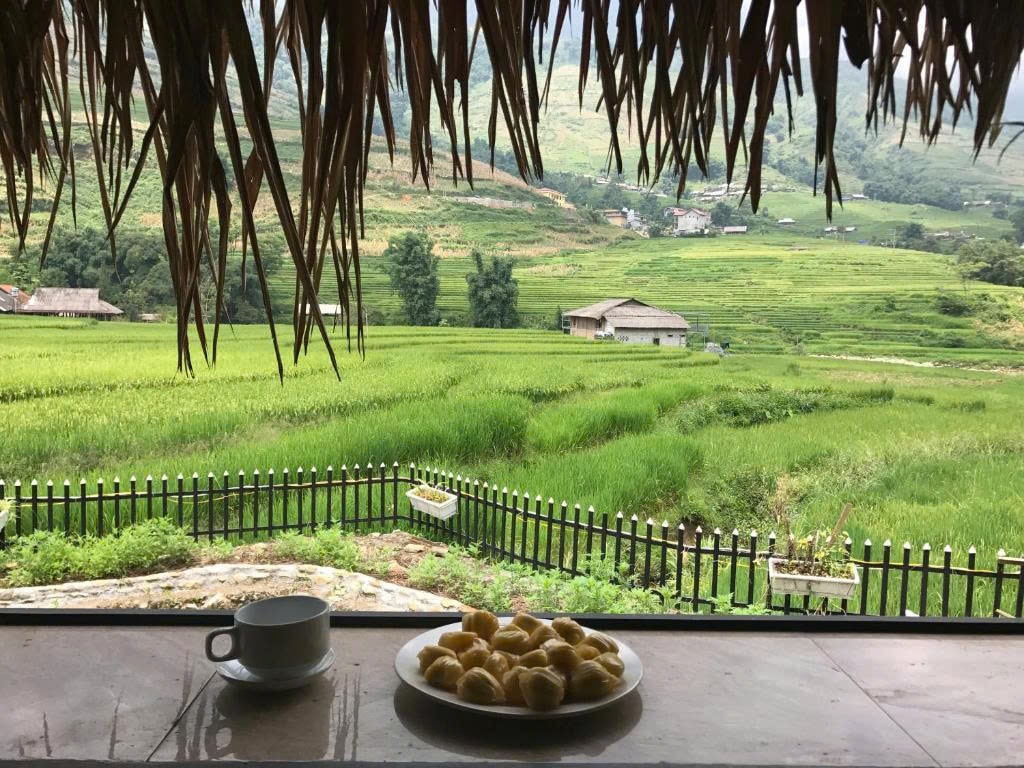
- Overview & Highlights: This homestay offers a truly authentic village experience. Guests often praise the delicious home-cooked meals and opportunities for cultural exchange.
- Location: Nestled within Ta Van Village, providing direct access to scenic trekking paths through rice terraces. It’s a peaceful escape from the main town.
- Amenities & Services: Basic, clean dormitory and private rooms, shared bathroom facilities with hot showers, delicious communal meals, often includes a cooking class demonstration.
- Pros: Highly authentic, incredibly welcoming hosts, fantastic food, ideal for trekkers.
- Cons: Basic facilities, requires travel from Sapa town (often arranged by host).
- Booking: Available on Booking.com, Agoda.
3. Maison de Lao Chai
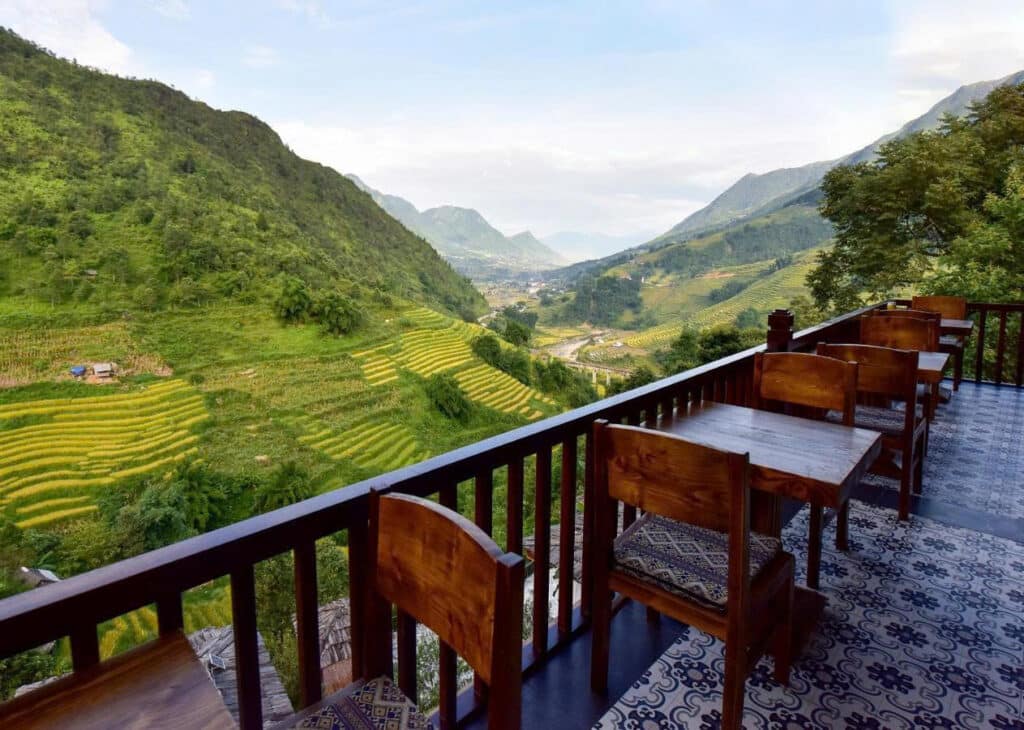
- Overview & Highlights: As the name suggests, this homestay aims to provide a deep insight into local life. It’s known for its friendly hosts and the sense of community among guests.
- Location: Situated in the heart of Lao Chai Village, offering stunning views of the surrounding rice paddies and mountains. It’s a great starting point for exploring the Muong Hoa Valley.
- Amenities & Services: Comfortable private and dormitory rooms, shared hot water bathrooms, home-cooked meals, opportunity to participate in farm activities.
- Pros: Immersive cultural experience, serene location, great for meeting other travelers.
- Cons: Can be very popular, so booking ahead is essential.
- Booking: Available on Airbnb, Booking.com.
4. Eco Palms House – Sapa Retreat (Lao Chai Village)
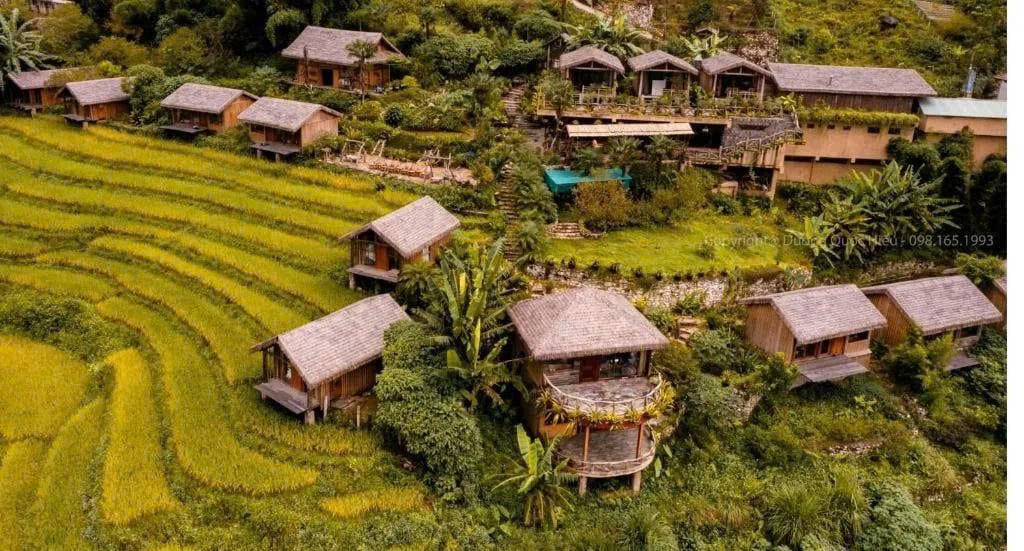
- Overview & Highlights: A collection of bungalows built in traditional ethnic minority styles (Hmong, Dao, Tay, etc.), offering a more upscale “homestay-like” experience with modern comforts amidst stunning natural beauty.
- Location: Perched on a hill in Lao Chai Village, providing panoramic views of the Muong Hoa Valley and its terraced fields.
- Amenities & Services: Private bungalows, en-suite bathrooms, heating, restaurant, and often cultural performances.
- Pros: Beautiful design, comfortable amenities, incredible views, strong focus on sustainability.
- Cons: Higher price point than traditional homestays, less direct interaction with a single host family.
- Booking: Available on Booking.com, Agoda.
5. Sapa Hmong Homestay (Cat Cat Village)

- Overview & Highlights: Located in the popular Cat Cat Village, this homestay offers a convenient yet authentic experience, allowing guests to explore the village and its waterfall easily.
- Location: Directly in Cat Cat Village, close to the main attractions and easy to reach from Sapa town.
- Amenities & Services: Simple, clean rooms, basic facilities, and home-cooked meals.
- Pros: Very accessible, good for those wanting a taste of village life without going too far off the beaten path.
- Cons: Cat Cat Village can be more touristy.
- Booking: Available on Booking.com, Agoda.
Popular Homestay Locations in Sapa
Understanding the different villages can help you choose the best location for your desired experience:
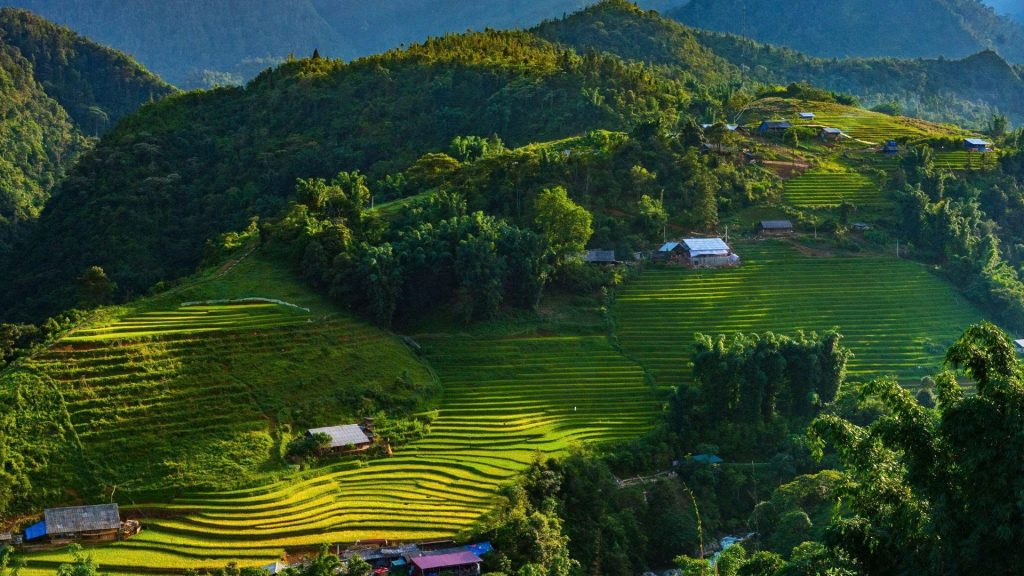
- Cat Cat Village: Very close to Sapa town, easily accessible on foot. It’s more developed for tourism but still offers a glimpse into Hmong culture and features a beautiful waterfall. Good for shorter stays or those wanting convenience.
- Ta Van Village: A bit further out, offering a more tranquil and authentic experience. It’s a popular starting point for trekking tours to nearby villages. You’ll find a mix of Hmong and Giay people here.
- Lao Chai Village: Adjacent to Ta Van, also a great spot for peaceful stays and stunning rice paddy views. Ideal for extended treks through the Muong Hoa Valley.
- Ban Ho Village: Located further south, these areas promise a more secluded and genuinely unconventional travel experience. Here you might encounter Tay ethnic minorities and enjoy swimming in local streams.
RELATED: Eco-Friendly Resorts in Sapa: Discover Your Green Getaway
Essential Tips for Your Sapa Homestay Stay

Keep these suggestions in mind to ensure an optimal experience:
- Book in Advance: Especially during peak seasons (October-November for rice harvesting, December-February for winter/snow, April-May for planting), the best homestays fill up quickly.
- Pack Appropriately: Sapa’s weather can be unpredictable. Make sure to bring multi-layered clothing, rain protection, comfortable footwear for trekking, and insect repellent.
- Embrace the Basics: Many traditional homestays offer simple facilities. While comfortable, don’t expect luxury. The value lies in the experience, not lavish amenities.
- Communicate with Your Host: Don’t hesitate to ask your host about local activities, trekking routes, or cultural insights. Many hosts are excellent local guides.
- Learn a Few Phrases: Basic Vietnamese greetings like “Xin chào” (hello) or “Cảm ơn” (thank you) will be greatly appreciated.
- Respect Local Customs: Be mindful of local traditions and dress modestly, especially when visiting villages or pagodas. Prior to taking someone’s photo, always ask for their permission.
- Be Prepared for Limited Connectivity: While many homestays offer Wi-Fi, it might not be as fast or reliable as in urban areas. This is part of disconnecting and enjoying the surroundings.
RELATED: Best Time to Visit Sapa for Rice Terraces: Your Planning Guide
Choosing the best homestay in Sapa Vietnam is about finding a place that resonates with your desire for authentic experiences, natural beauty, and cultural immersion. Whether you prefer the rustic charm of a traditional village home or a slightly more comfortable retreat with local character, Sapa offers a diverse range of options. By embracing the unique hospitality of these mountain communities, you’ll create memories that extend far beyond a typical holiday, connecting deeply with the spirit of this remarkable region.
Check prices & available here: Booking.com

